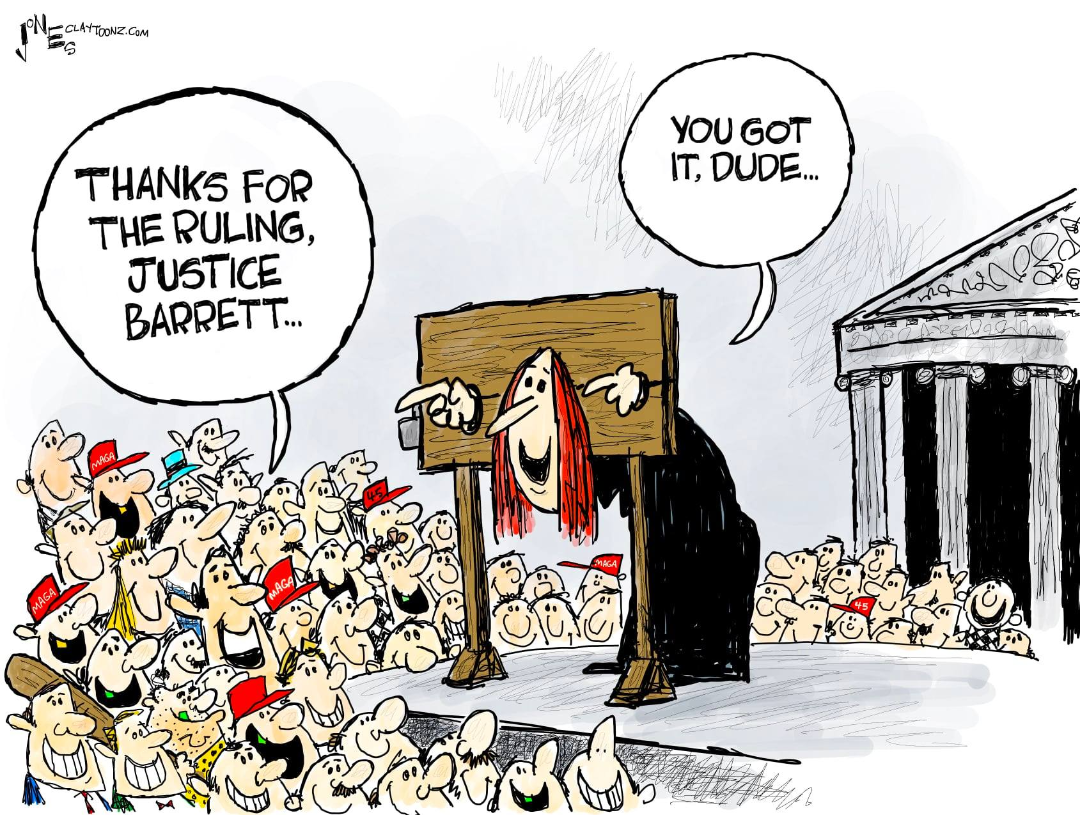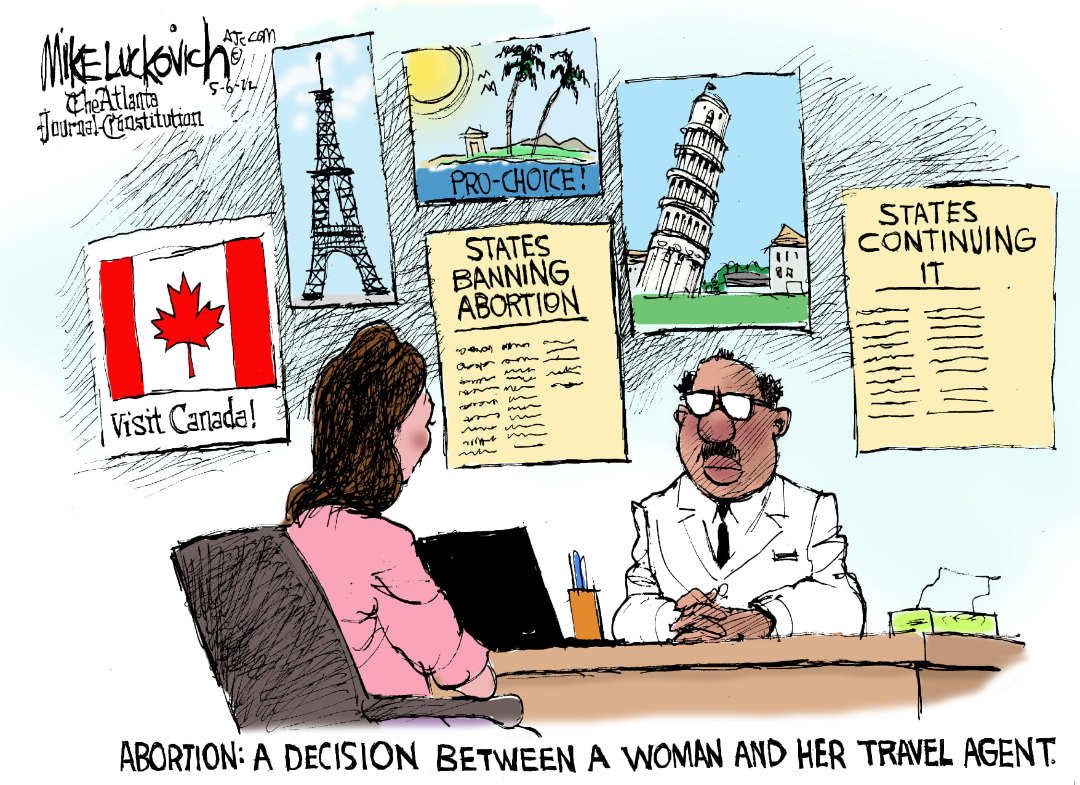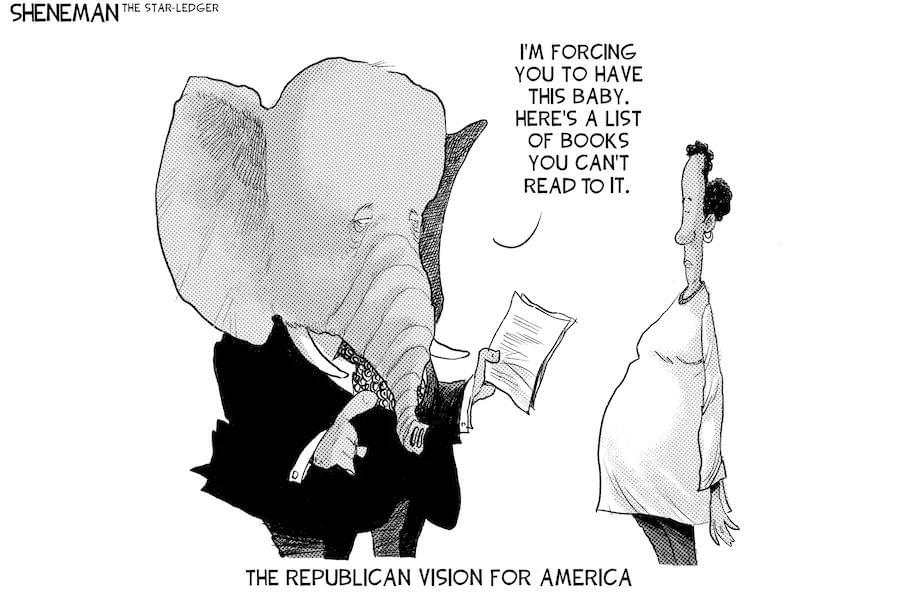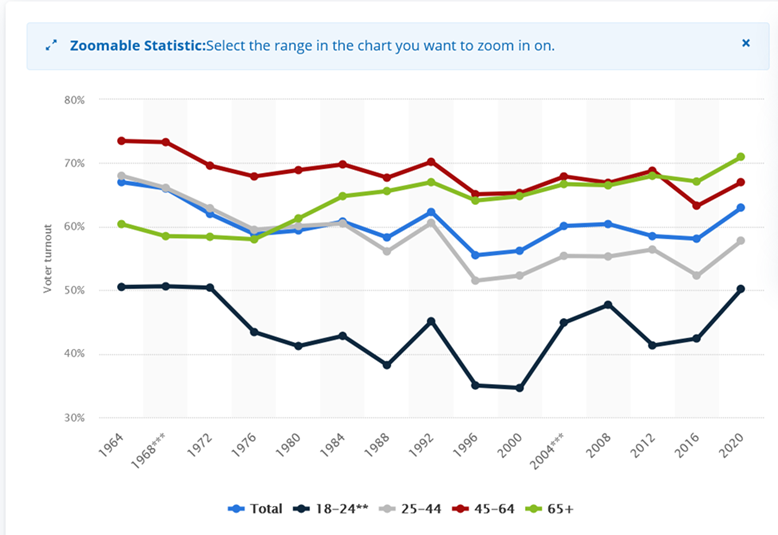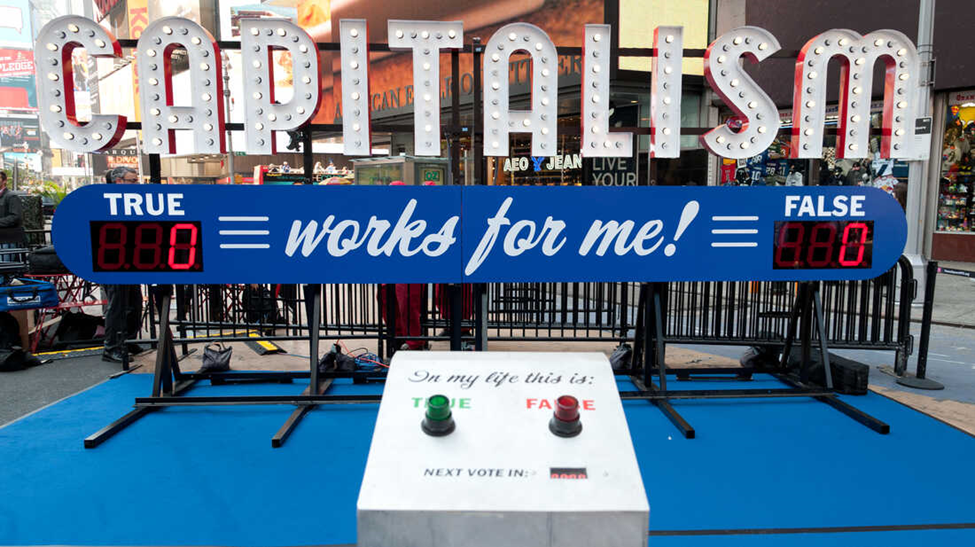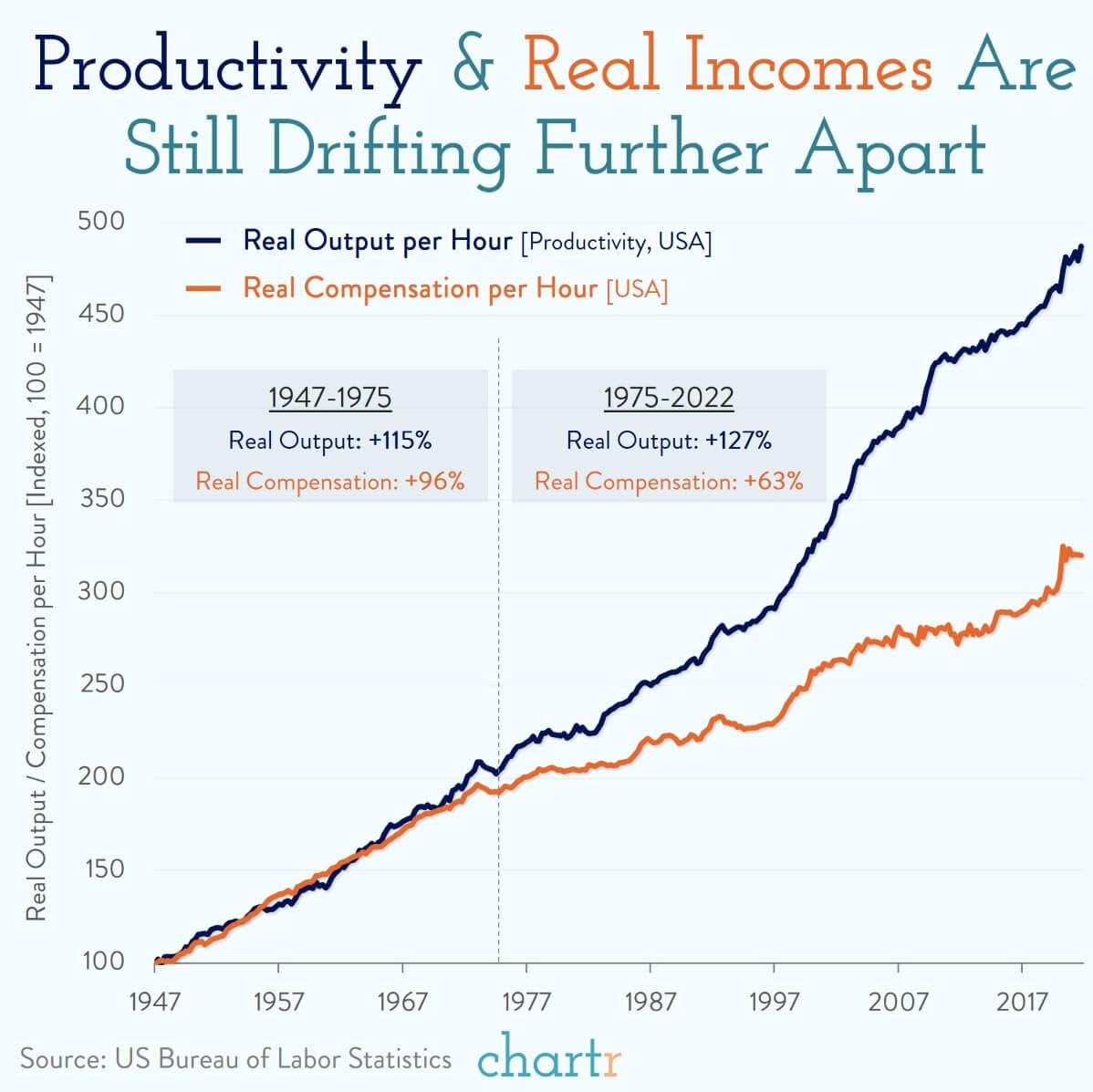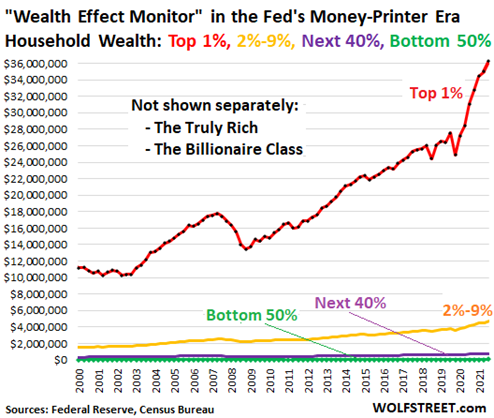The Daily Escape:

Sunrise, Columbia Hills, WA – May 2022 photo by Mitch Schreiber Photography
Each year, WalletHub ranks the best and worst states for working mothers. Below is an overview of their methodology and findings: Women make up nearly half of the US workforce, and nearly 68% of moms with children under age 18 were working in 2021. That share of the workforce declined during Covid, dropping around 1.3% between Q3 2019 and Q3 2021 (compared to 1.1% for men).
We know that women face an uphill battle in the workplace, with their average hourly wage being just 84% of what men make. They face other non-financial problems as well. Parental leave policies and other childcare support systems vary by state, but the quality of infrastructure — from cost-effective day care to public schools, is far from uniform.
WalletHub compares state performance across 17 metrics to rank the best & worst states. They compared the 50 states and the District of Columbia across three key dimensions: 1) Childcare, 2) Professional Opportunities and 3) Work-Life Balance:
“We evaluated those dimensions using 17 relevant metrics…with their corresponding weights. Each metric was graded on a 100-point scale, with a score of 100 representing the most favorable conditions for working moms. We then determined each state and the District’s weighted average across all metrics to calculate its overall score and used the resulting scores to rank-order our sample.”
WalletHub’s weighted average for the three categories was as follows: Childcare = 40 possible points, Professional Opportunities = 30 possible points, and Work-Life Balance = 30 possible points, totaling 100 points available per state. That translates into the overall total score below. Here are the top 10 US states for working mothers with individual state rankings by category:
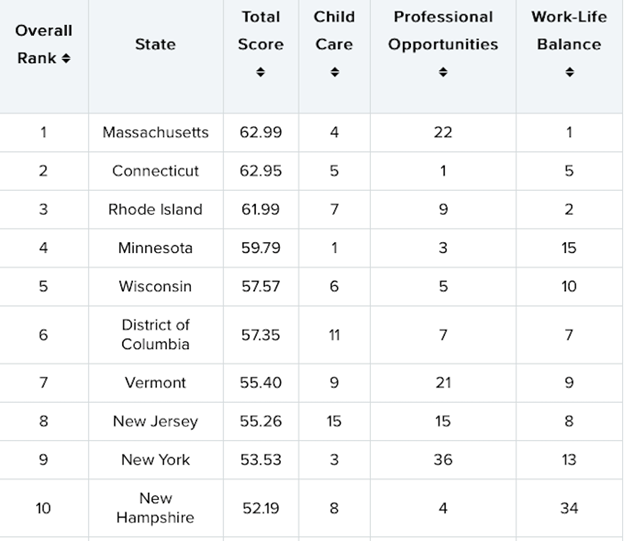
It’s very telling that America’s best score was 62.99 out of 100, meaning that all states have a long way to go to make us a nation that supports women and mothers. Wrongo is happy to note that Connecticut is #1 in job opportunities for women. Here are the bottom 10 states:

Note that only California of the bottom 10 states is an urban (and blue) state. It gets killed in the rankings because of its terrible performance on childcare. If you are interested in how your state ranked, you can see an interactive map of all the states here. WalletHub also compared the top and bottom five states across a few of their metrics. Here’s what those rankings show:
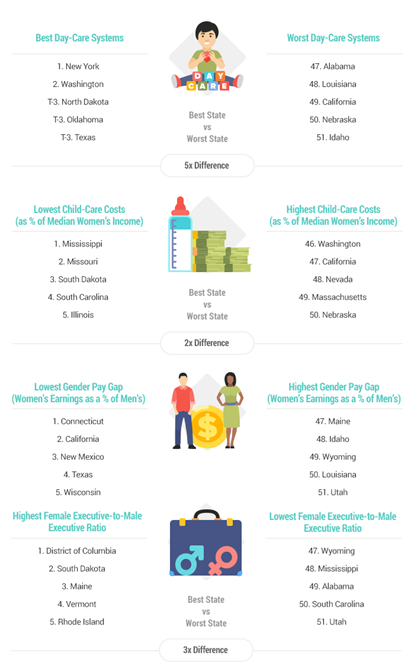
According to a recent report, more than 2.3 million American women have dropped out of the labor force since the start of the pandemic. Solving the problems that keep these women out of the workforce should be a focus for all of the states.
This is particularly true for service and front-line workers whose work scheduling can be unpredictable and for many jobs, there is limited flexibility. Companies should do more. They can create more flexible work environments, allowing parents to take short-term time off. They can strive to eliminate schedule unpredictability for hourly workers. Companies can also work to change their culture to better recognize work-life balance.
The biggest hypocrisy of the anti-abortion movement and the Supreme Court’s apparent decision on abortion is that the Justices and the Republicans are willing to go to the mat to protect the unborn, but that commitment mysteriously vanishes once a child exits the womb.
In many cases, these same zealots are actively hostile to programs that would benefit children.
Parenthood is humankind’s most important job; but there’s no internship, no training program, no handbook. You dive into it and are expected to figure things out on your own. It’s true that parents should bear the responsibility and costs of raising a child, but, government intervention should be available, depending on local conditions and income levels. Some parents simply need help.
At a time when Republicans and the Supreme Court seem to be willing to discount the value of women in our society, it’s important that we battle their views on the economic front as well as on the political front.



